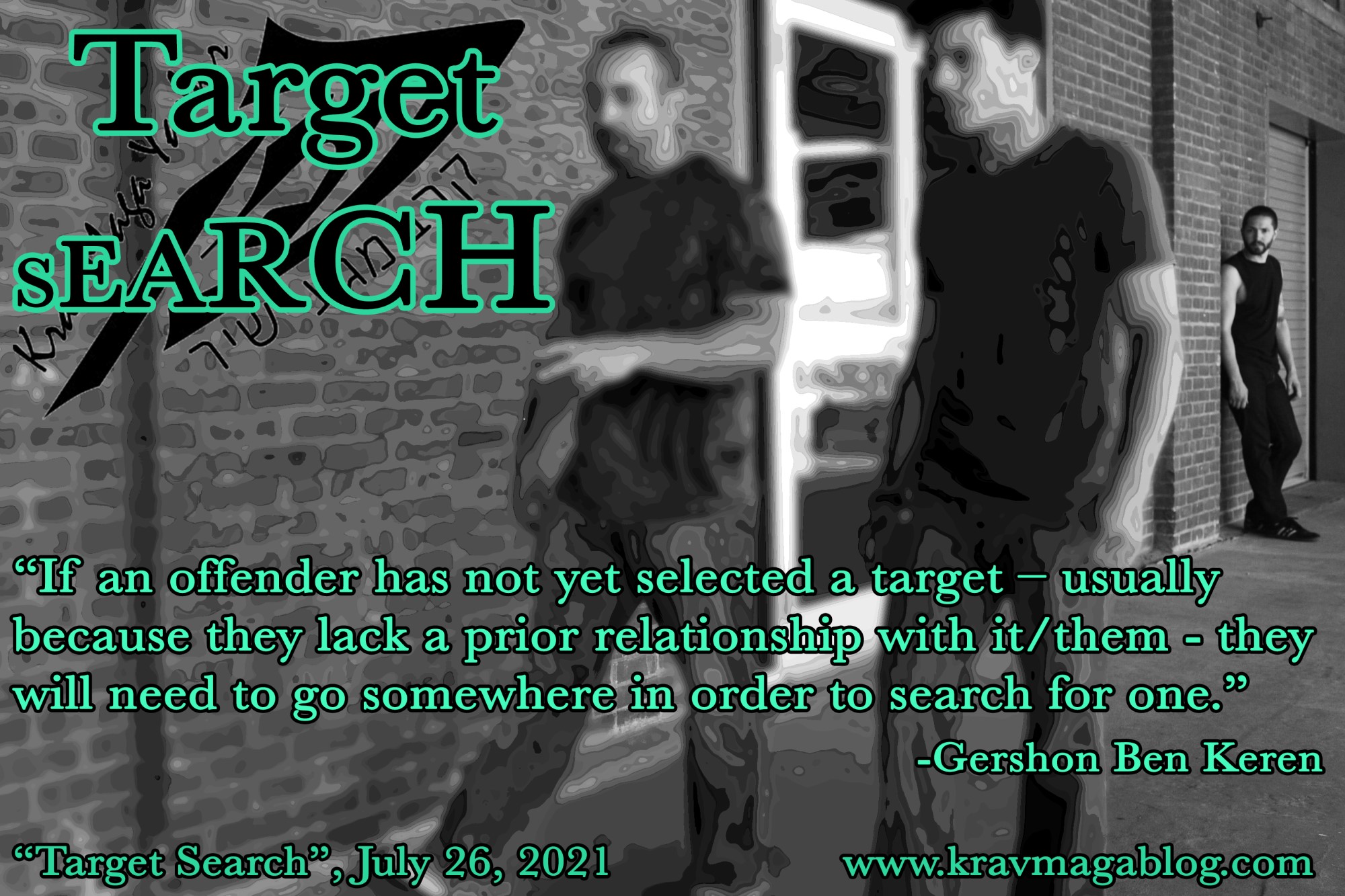Author: Gershon Ben Keren

An important aspect of self-protection is “target hardening”. In the security industry, target hardening usually involves increasing the visibility of security measures so as to deter threats e.g., you might increase the number of patrolling security guards and/or place some CCTV cameras in open and visible locations, around a building, to draw attention to, and inform any potential intruders that cameras are in use etc. You would take such measures when it is already obvious that the building is a visible and attractive target, such as a bank, or a jeweler etc. You may however want to be more discrete in your application of security measures, when you don’t want to draw the attention of potential offenders that a building does contain valuable assets that may be worth acquiring. With any security measure, it must be designed and implemented in response to potential threats e.g., if you have a specialist engineering firm whose most valuable assets are its designs and research material, it does you little good to make the building like Fort Knox, if its information systems lack the relevant cyber-security, as it is more likely to see its servers hacked than have cat-burglars breaking in to steal paper blueprints. To understand how a particular threat operates – with regard to personal safety and security - we must understand two components of the predatorial process: “Target Search” and “Target Selection”. Target Search refers to the process of becoming aware of and gaining access to a pool of potential victims, whilst Target Selection, involves identifying somebody/something out of that pool to victimize. In this article I want to take a look at certain aspects of Target Search, and in my next article look at some aspects of Target Selection.
If an offender has not yet selected a target – usually because they lack a prior relationship with it/them - they will need to go somewhere in order to search for one. That “somewhere” may be a physical location, or it may be a virtual one e.g., many sexual predators who target children and teenagers, will first engage in an online search using social media sites to look for and to gain access to potential targets, before selecting one or a number, and arranging to meet them – virtual searches and selections, allow multiple targets to be identified and targeted. In the case of an offense such as street robbery, an offender will have to either got to a particular “place” to search for victims, or recognize that the place they are in – as a result of their routine activities - already has a supply of suitable people they can select a victim from i.e., as an offender goes about their daily life, such as going out to a bar to have a drink, they find themselves motivated to commit an offense; it wasn’t originally their intention to do so but they realize that the location they’re in (at this particular time) is conducive to offending. Locations that criminals intentionally visit in order to commit crimes are referred to as Crime Attractors, whilst those that produce crime as a result of offenders finding themselves there are known as Crime Generators.
An example of a location that may act as a crime attractor, could be something like an end of the line commuter train stop parking lot, that attracts offenders who break into the cars parked their whilst their owners are at work i.e., they are attracted to the location because there are no – or not enough – capable guardians to prevent them from doing so. A location that could be categorized as a Crime Generator, might be a neighborhood park in an urban area, where teenagers go to drink and hang out after dark. As a by-product of these activities, they may engage in acts of vandalism, and/or harass other people who may be walking through it etc. The key difference between a location that is a Crime Attractor and one which is a Crime Generator, is that an area/place which generates crime is one where there is nothing about the location itself that is criminogenic, it is simply a place where a significant number of potentially motivated offenders gather. It is also important to note that the use of the word offender, should not be taken as a character definition. One of the factors that might lead a location to become a crime generator is its proximity it has to those that are likely to commit crimes e.g., if a neighborhood park is close to a high school, it may be that it becomes a gathering place for unsupervised juveniles who because of their age, lack judgment and are excited by risk taking etc., and so end up engaging in illicit activities. A study in New Jersey found that young people would gather around bodegas after school, as these were places where they could get food and drink, before moving on to 24-hour gas stations as these shut; both of these types of locations ended up generating crime.
Location is a far better predictor of crime – including violent crime – than both the history of offenders and their characterological profile. The majority of offenders are not motivated 100% of their time, and so the simple presence of an offender does not mean a crime will take place e.g., I’ve worked in bars and clubs that known criminals used to frequent, but at that time they were not looking for somebody to victimize, they were simply socializing and having a drink. Persistent and serial offenders have “normal” lives to lead, as well as “criminal” ones. By understanding the types of locations that both attract and generate crime, we may have the ability to avoid places at certain times, when we know a potential threat(s) may be present.